Painting with light is drawing with light over the course of a long exposure.
Inspiration: Atton Conrad
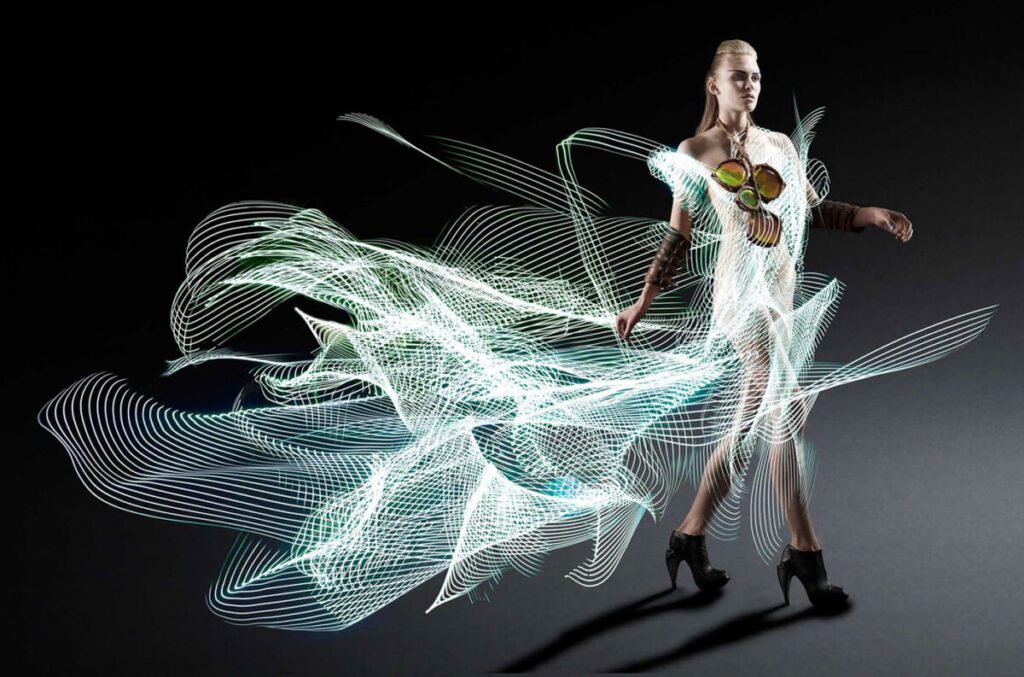
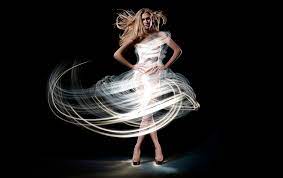
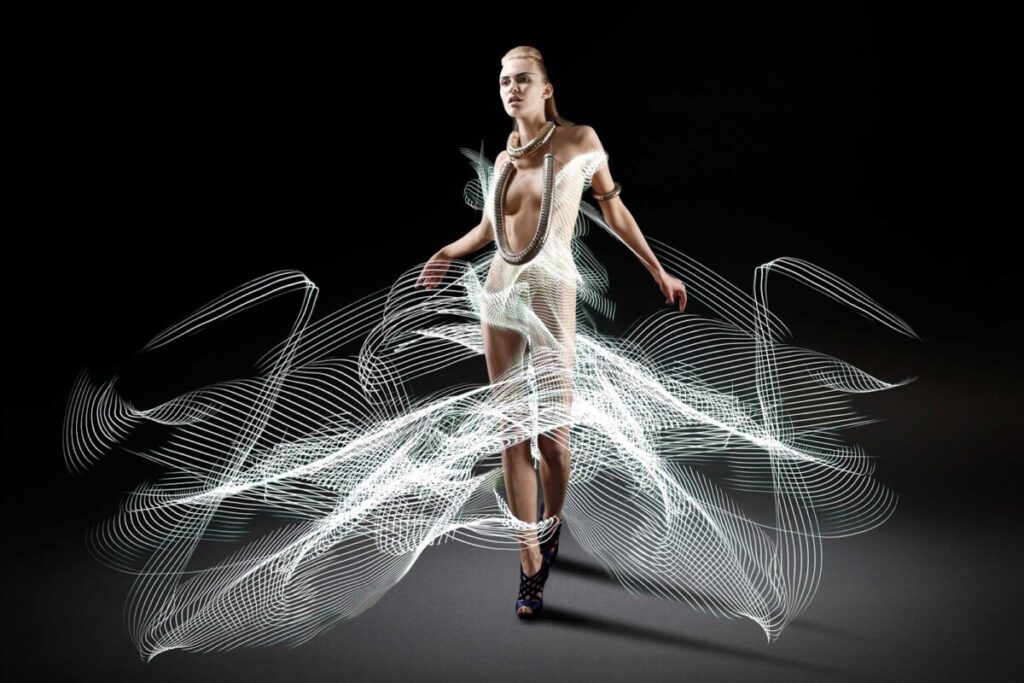
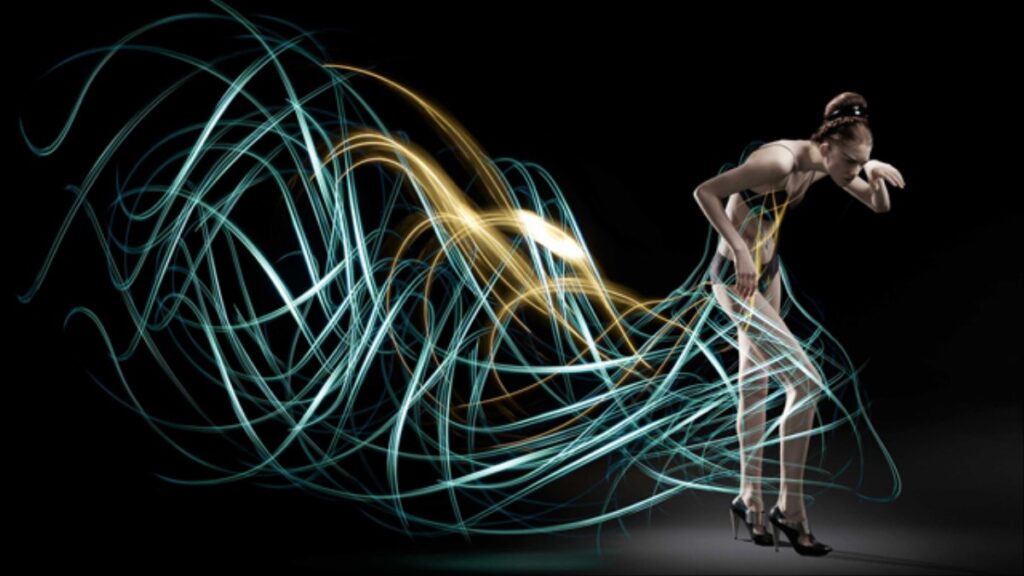
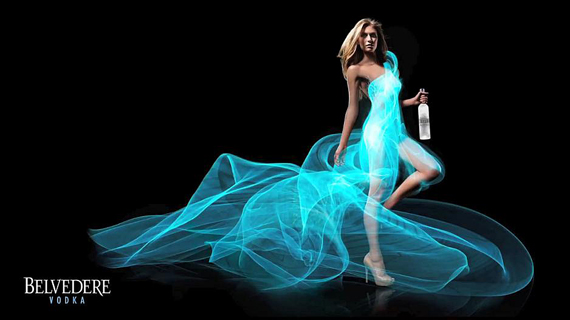
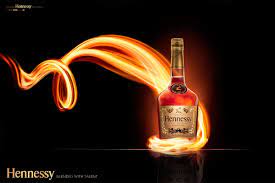
Sprint Campaign: http://lightpaintingphotography.com/?s=sprint
Tripod use
- Spread the legs out and make sure the tripod is stable. Use the height from the legs before using the neck of the tripod. Put one leg forward and the two legs on your side.
- Put the plate on the camera and make sure that the lens arrow is pointing towards the lens. Insert the plate into the locking mechanism and make sure that the camera is secure.
- Use the camera timer and DO NOT TOUCH the camera or the tripod during the exposure.
Considerations for painting with light:
1. Use a tripod
2. Use Manual as the shooting mode.
3. Set the ISO to 100
4. Set the aperture to f/11 as a starting point to get a wide range of depth of field.
5. Set the shutter speed to 2″ as a starting point.
6. Use manual focus. Make sure the subject is in focus. To do this shine a light on the subject and use auto focus. Then flip the lens back to MF. Remember that if the distance of the subject to the camera changes, you need to refocus!
Mixing Strobe Lights or Flash with Painting with Light
The aperture controls the exposure of whatever is lit by the strobe lights.
The shutter speed controls the illumination of the background.
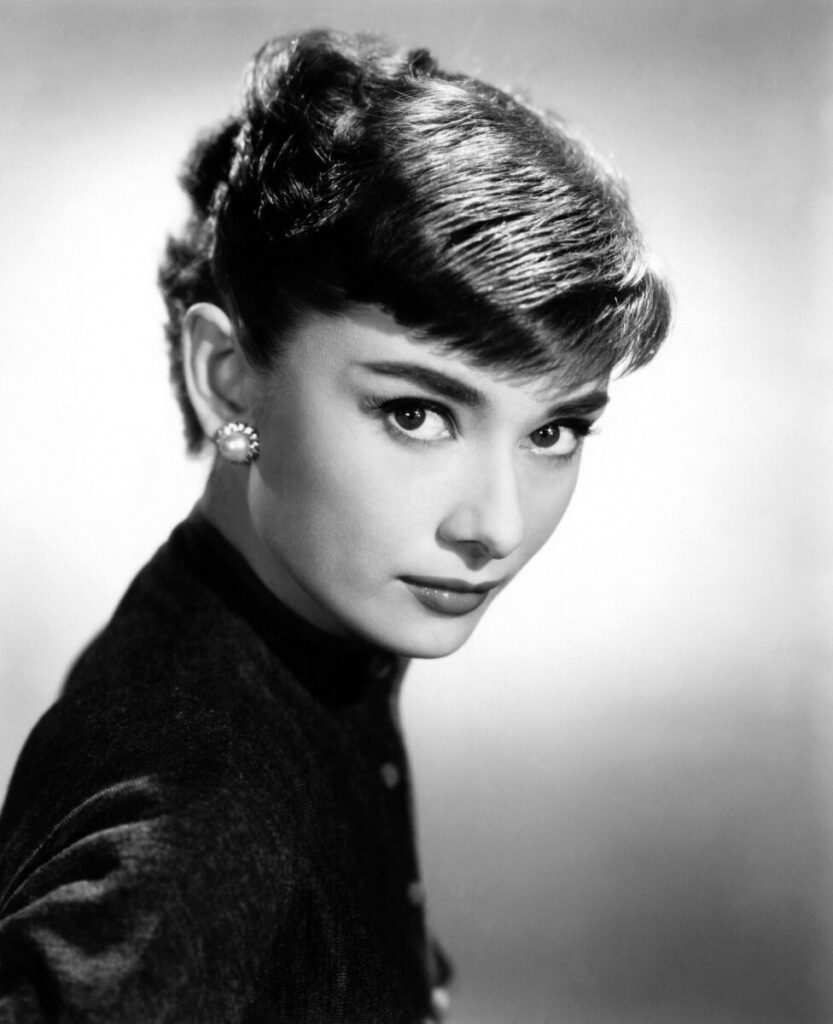
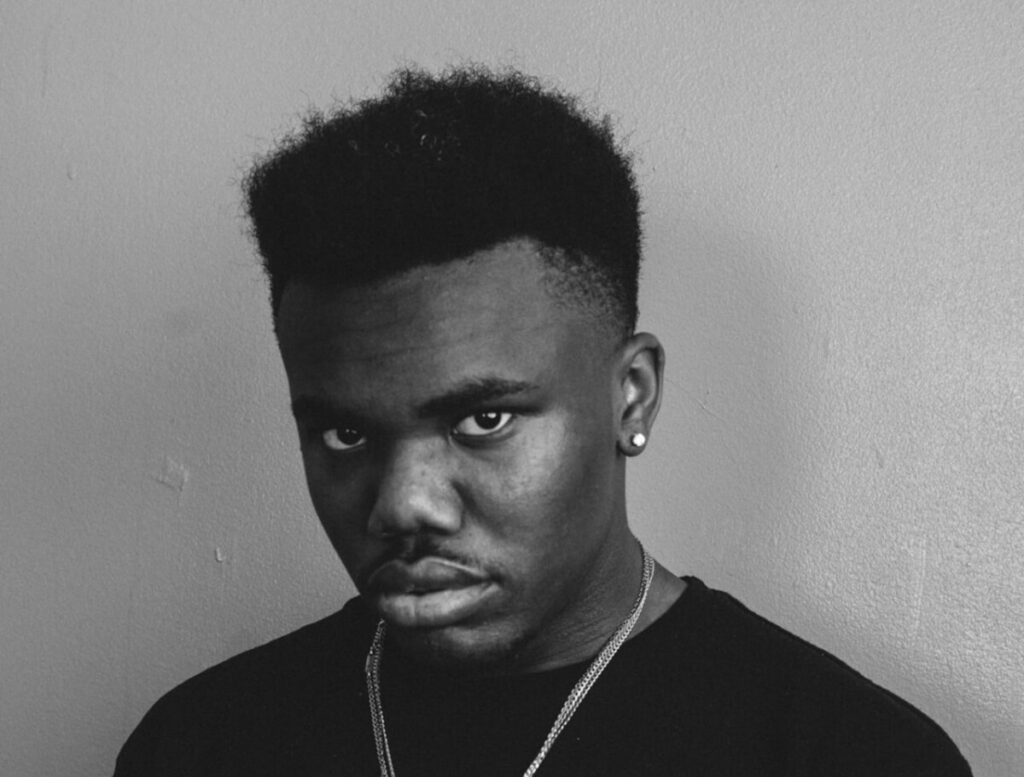
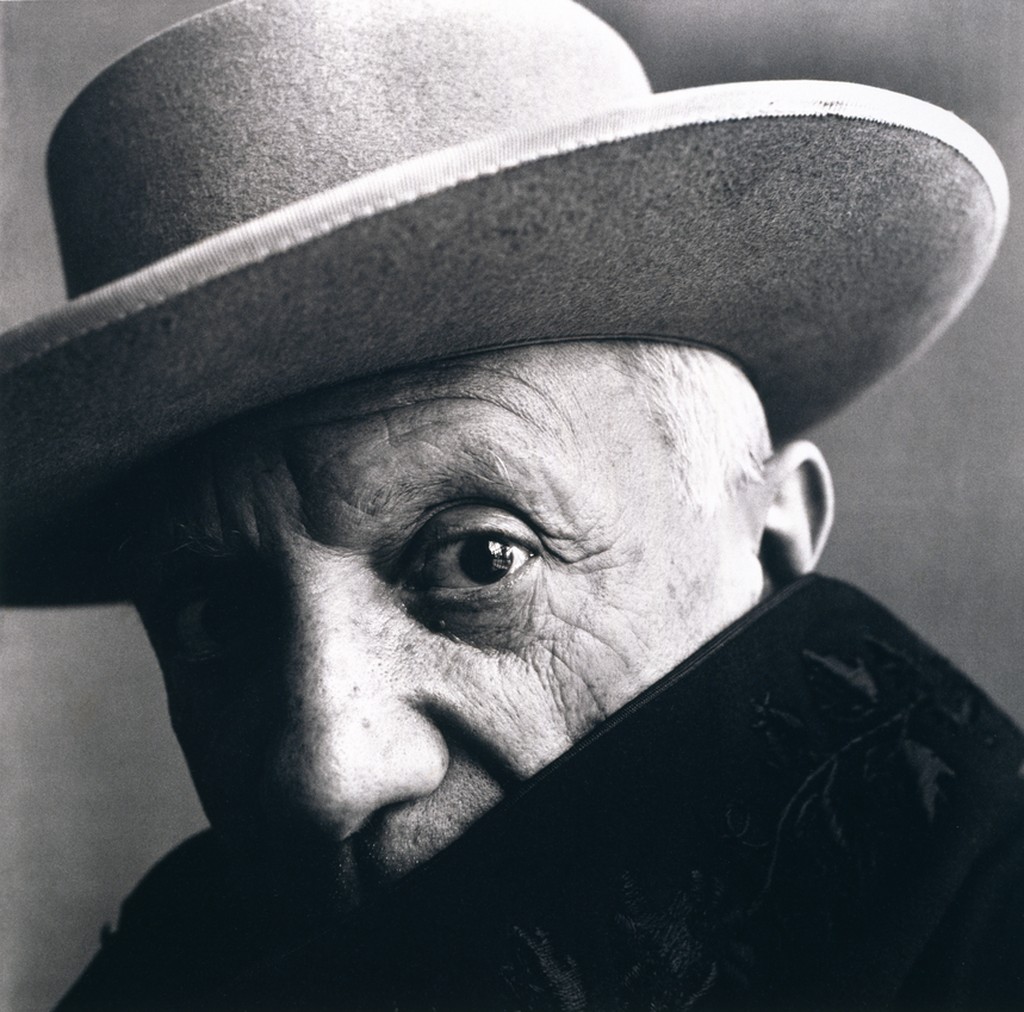
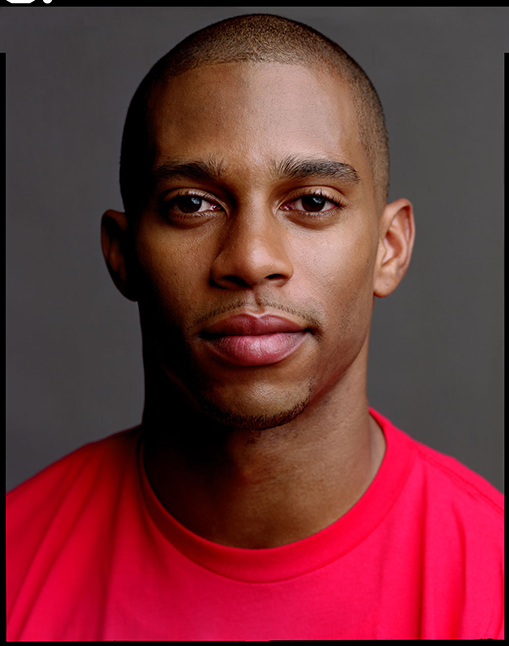
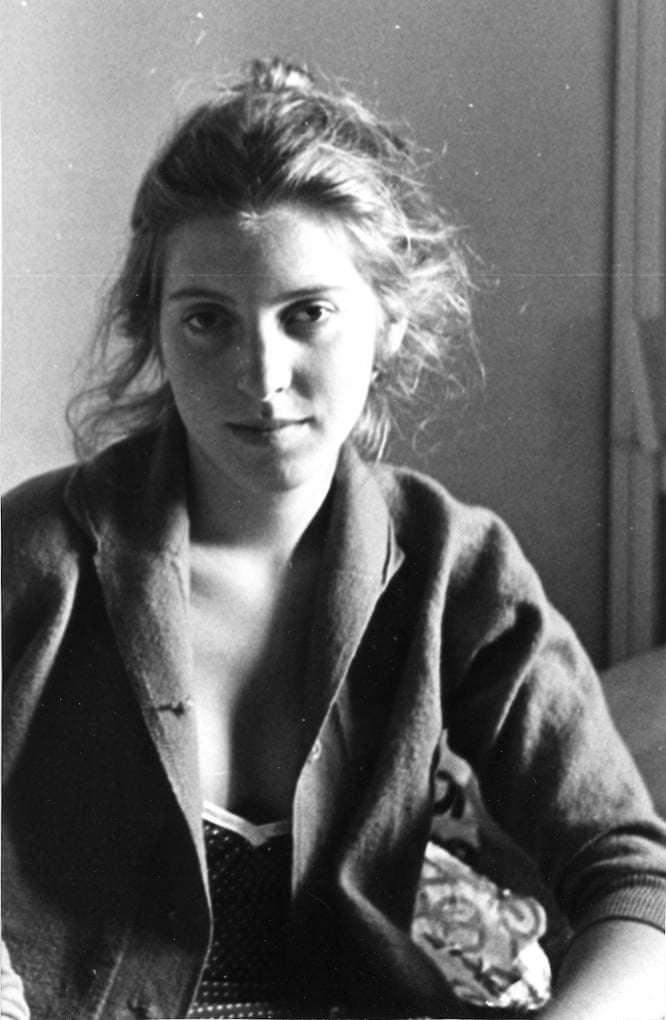
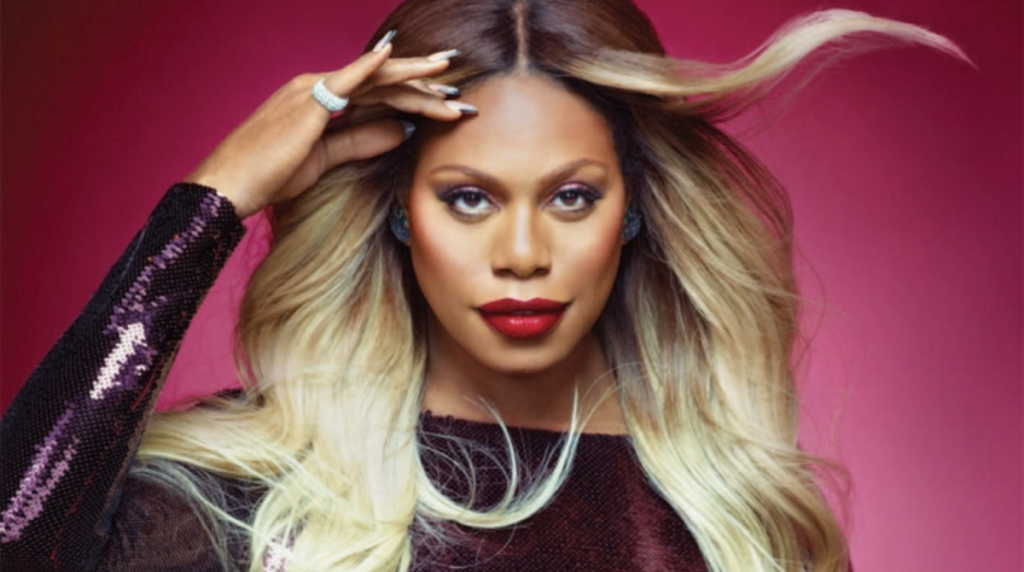




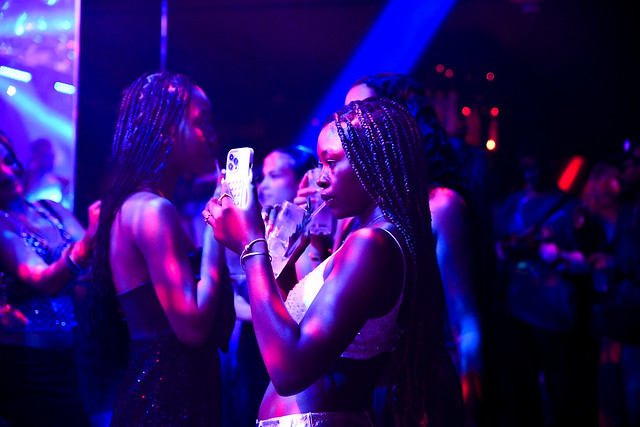
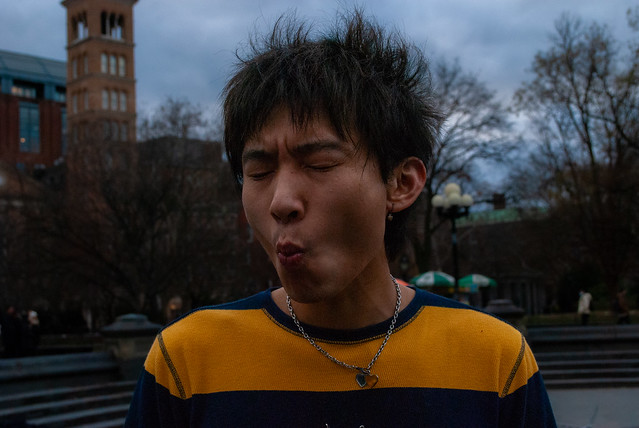




Recent Comments